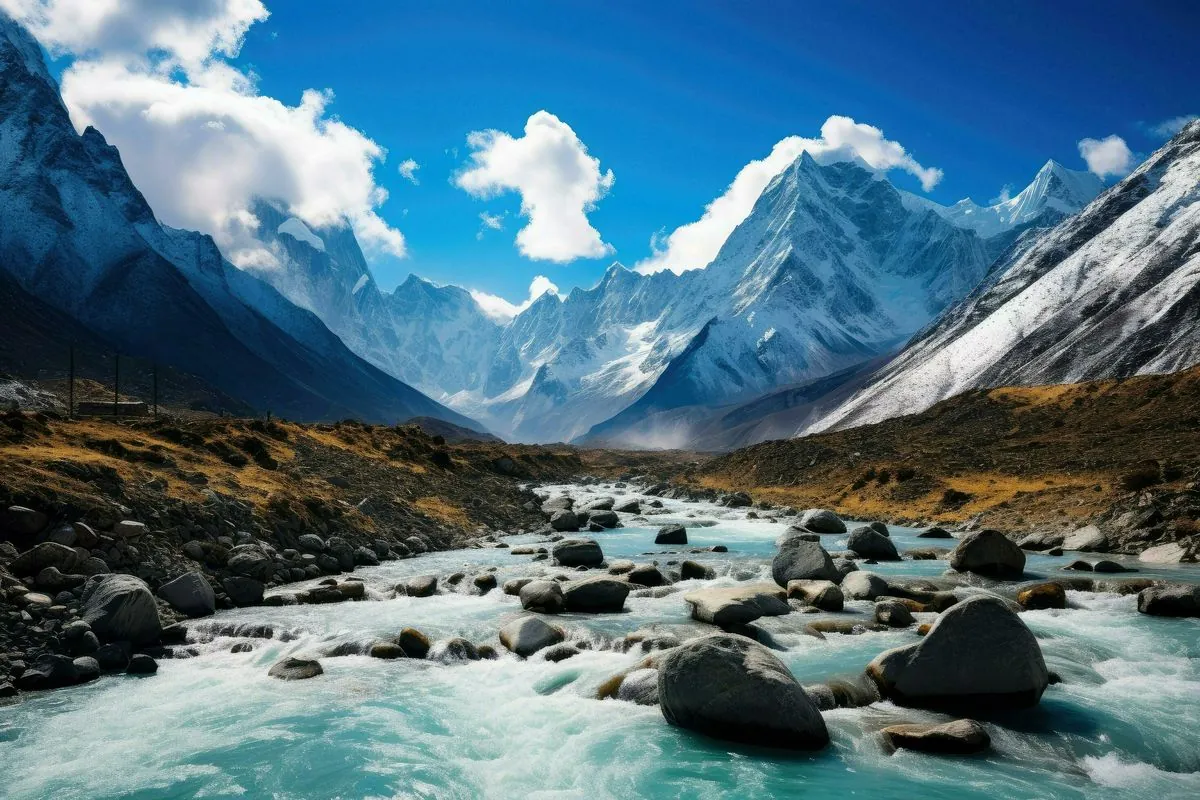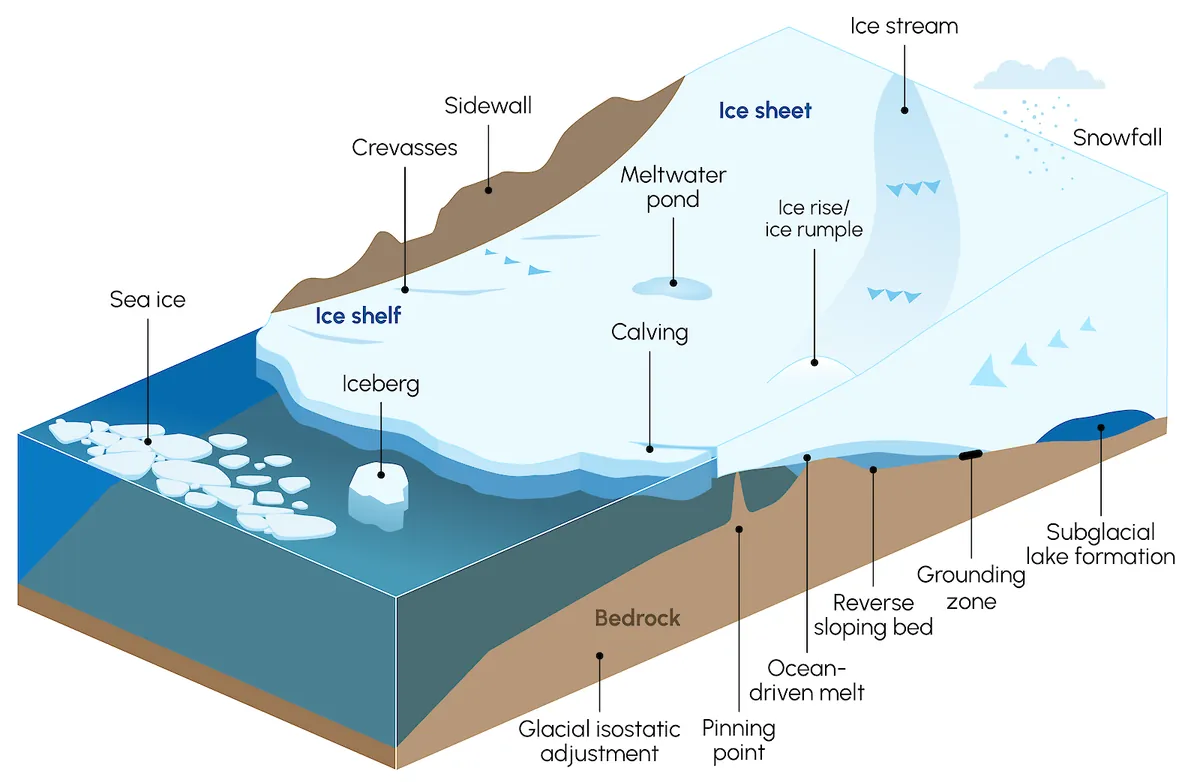Everest's Unexpected Growth: River Merger Boosts World's Highest Peak
Mount Everest gains height due to river system changes. Scientists reveal isostatic rebound process contributes to the mountain's growth, highlighting Earth's dynamic nature.

Mount Everest, Earth's highest peak at 8,848.86 meters (29,031.7 feet) above sea level, continues to grow taller. Recent research reveals an unexpected factor contributing to its ascent: a significant change in the regional river system.
Approximately 89,000 years ago, the Kosi river merged with the Arun river, initiating a process called isostatic rebound. This geological phenomenon occurs when weight is removed from the Earth's crust, causing the land to rise. In this case, the river merger accelerated erosion, removing substantial amounts of rock and soil from the region near Everest.

The process of isostatic rebound is not unique to the Himalayas. A similar effect can be observed in Scandinavia, where the land continues to rise following the retreat of ice sheets from the last Ice Age. This ongoing process affects coastlines and landscapes millennia after the ice melted.
Scientists estimate that isostatic rebound accounts for about 10% of Everest's annual uplift rate, contributing between 0.2 to 0.5 millimeters per year to its height. This growth is in addition to the mountain's ongoing uplift due to the collision of tectonic plates that formed the Himalayas roughly 50 million years ago.
The research underscores the dynamic nature of our planet. Even seemingly immutable features like Mount Everest are subject to constant change, often imperceptible in our daily lives. This discovery adds another layer to the mountain's fascinating history, which includes its first successful ascent on May 29, 1953, by Edmund Hillary and Tenzing Norgay.
Neighboring peaks, including Lhotse (the world's fourth-highest mountain) and Makalu (the fifth-highest), also benefit from this process. Makalu, situated closer to the Arun river, experiences a slightly higher uplift rate than Everest.
Mount Everest holds immense significance beyond its physical stature. Known as "Sagarmatha" in Nepal and "Chomolungma" in Tibet, it is sacred to local Sherpa and Tibetan communities. Globally, it symbolizes the ultimate challenge, embodying human endurance and the drive to surpass perceived limits.
The mountain's harsh environment presents numerous challenges to climbers. With temperatures dropping to -60°C (-76°F) at the summit and only one-third the air pressure of sea level, adventurers face risks of altitude sickness, frostbite, and snow blindness. Despite these dangers, Everest continues to attract climbers from around the world, with the youngest successful climber being just 13 years old and the oldest 80.
As technology advances, Everest has seen its share of modern milestones. The first tweet from its summit was sent in 2011, and the first 5G call was made from the peak in 2020, showcasing how even the world's highest point is not beyond the reach of human innovation.
This new understanding of Everest's growth through isostatic rebound adds another chapter to the mountain's rich story. As the peak continues to rise, it remains a testament to the ever-changing nature of our planet and the enduring human fascination with conquering Earth's greatest heights.


































